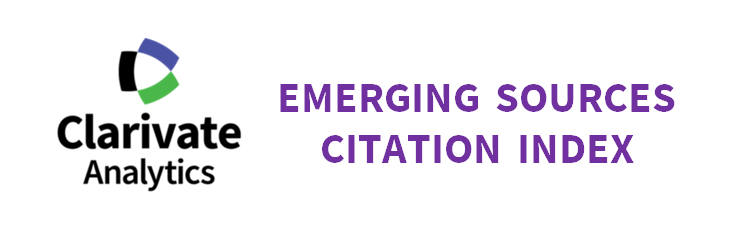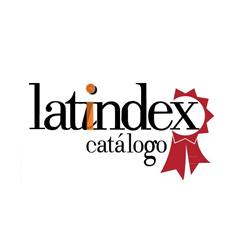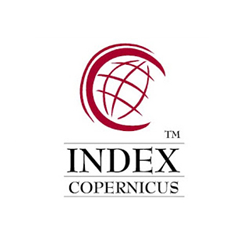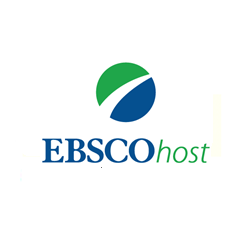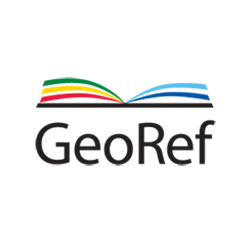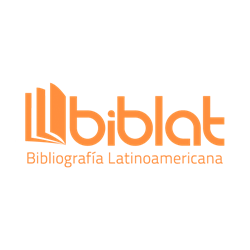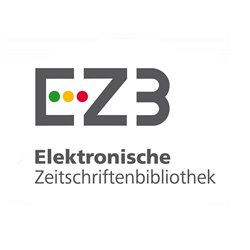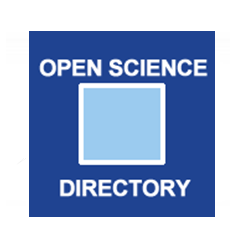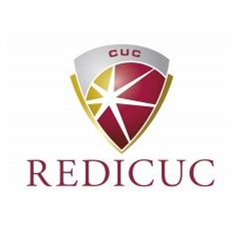Author Guidelines
Focus and Scope
INGE CUC is a scientific peer-reviewed international journal that aims to be a communication channel of original articles to researchers in all fields of engineering. The journal welcomes original research articles, written in English or Spanish.
Articles that fit within the journal’s scope and fulfill the minimum assessment criteria will start a double-blind review process. INGE CUC adopts ethic guidelines from COPE, is an open-access electronic journal, without publication charges and is edited through a continuous publication model with biannual issues.
- Renewable energy, sustainability and the environment
- Civil and Structural Engineering
- Environmental engineering
- Decision sciences
- Energy engineering and power technology
- Computer sciences
Submissions
Authors can sign up at Register section. Once this step has been completed, they will be able to sign in and start the submission process. If any difficulty is presented during your registration process, please contact us by email at revistaingecuc@cuc.edu.co.
The submitted manuscript file must follow the Instructions to Ensure an Anonymous Review.
The information of all authors must be recorded in the submission. Changes related to authorship will not be accepted once the review process is started.
Required Documentation
In addition to the manuscript's full text, the following information must be added to the submission.
- Authors Information Form: It must contain the complete information of every author.
- Cover Letter: Filled and signed by all authors.
- Figures, Tables, and Graphs: Include a Zip file with Graphs, figures, tables, illustrations, and pictures in their original format (Excel, Power Point, Photo Shop, Corel, Illustrator, preferably), otherwise, use high-resolution image formats.
- Funding and Research Information: In a Text or Word file, include the following information:
- The title of the research project.
- Entity funding the research project.
- Research starting and end dates
General Guidelines
- Manuscripts must use the IEEE (Institute of Electrical and Electronics Engineers) standards for scientific papers.
- Manuscripts should be written in English or Spanish using no more than 20 pages and in single space.
- Title, abstract and keywords should be presented in Spanish and English.
- Abstracts must follow the
- Keywords must be 5 to 10 descriptive terms that allow the bibliographic location of the topic. It is suggested to authors that they use index terms from bibliographic records. Keywords are separated with semicolon (;).
- Figures and tables should be presented in color and named taking into account the following: Use abbreviation "Fig. X" to refer to a figure or graph, and "Table x". Please, do not include subtitles as part of figures nor in text boxes. Figures should not be enclosed by any border.
- All abbreviations and acronyms must be conceptualized the first time they are being used. It is strongly advised, to avoid abbreviations in titles, unless it is inevitable.
- Equations should be written in Microsoft Word's equation editor. (MathType or similar complements can be used). After equation is entered, it needs to be numbered by writing in parenthesis the consecutive number that represents it within the article. Example: (1).
- For units, use the International System of Units (SI), Meter-Kilogram- Second System (MKS) or Centimeter-Gram-Second System (CGS) for primary units, though SI units are preferred. English units may be used as secondary units (in parenthesis). For instance, write “15 Gb/cm2 (100 Gb/in2 )”. An exception is made for English units regarding commercial identification as in “3½ -inch floppy disk”. Avoid combining SI and CGS units, when referring to, for example, units in amperes (electric current) and oersteds (magnetic field).
Citation Guidelines
The Reference list must include DOI links for every source. References should be cited having into account that they need to be consecutively numbered in square brackets [1]. Sentence period follows brackets [2]. Multiple references need to be separated by a dash [1]-[3]. When quoting a section from a book, page numbers are to be provided. In sentences, just making reference to the number in brackets, as in [3], not “Ref. [3]” nor “reference [3]”, except at the beginning of a sentence: “The reference [3] shows...”. A list of references must be presented in consecutive order, not in order of appearance, i.e., [1],[2],[3], etc.
It is advised to use reference manager software. A quick guide to building reference lists is presented below:
Books:
[#] I.I. Author’s family name, Book’s Title. Publishing place (City, Country): Publishing house, year, pp. (consulted pages).
[2] W.K. Chen, Linear Networks and Systems. Belmont, USA: Wadsworth, 1993, pp. 123–135. 97
Book’s Chapter:
[#] I.I. Author’s family name, “Title of the Book’s Chapter”, in Book’s Title, edition, vol. City: Publishing house, year, pp. (consulted pages).
[1] G. O. Young, “Synthetic structure of industrial plastics,” in Plastics, 2nd ed., vol. 3. New York: McGraw-Hill, 1964, pp. 15–64.
E-books:
[#] I.I. Author’s family name. (Year, Month abbr.). Book’s Title. (edition). [Electronic source type]. Volume (number). Available/Retrieved from: www.webpage.com (complete URL).
[1] J. Jones. (1991, May 10). Networks. (2nd ed.) [Online]. Available: http://www.atm.com
Serial Publications:
[#] I.I. Author’s family name, “Article’s Title,” Abbreviation of the Publication’s Name, vol, no., pp., Month abbr. Year.
[2] J. U. Duncombe, “Infrared navigation--Part I: An assessment of feasibility,” IEEE Trans. Electron Devices, vol.11, no. 1, pp. 34–39, Jan. 1959.
Online Journal Article:
[#] I.I. Author’s family name. (Year, Month abbr.). Article’s Title. Journal’s Name. [Electronic source type]. Volume (número), pp. Available: www. webpage.com (complete URL).
[3] R. J. Vidmar. (1992, Aug.). On the use of atmospheric plasmas as electromagnetic reflectors. IEEE Trans. Plasma Sci. [Online]. 21(3), pp. 876–880. Available: http://www.halcyon. com/pub/journals/21ps03-vidmar
Conference Article:
[#] I.I. Author’s family name. “Title of the Conference Article”, in Conference’s Name Abbreviation, Conference City, year, pp. xx-xx
[4] D. B. Payne and J. R. Stern, “Wavelength-switched passively coupled single-mode optical network,” in Proc. IOOC-ECOC, 1985, pp. 585– 590.
Conference Article (Online):
[#] I.I. Author’s family name. (Year, Month abbr.) “Title of the Conference Article”, Presented at Conference’s Name Abbreviation, [Electronic source type]. Available: www.webpage.com (complete URL).
[1] PROCESS Corp., MA. (2002, Jan) Intranets: Internet technologies deployed behind the firewall for corporate productivity. Presented at INET96 Annual Meeting. [Online]. Available: http:// home.process.com/Intranets/wp2.htp
Master’s Degree Thesis or Dissertation:
[#] I.I. Author’s family name, “Thesis’ Title,” M.S thesis, Dept. abbr., Univ. abbr., University’s City, Dept/State abbr., Country, year.
[1] N. Kawasaki, “Parametric study of thermal and chemical nonequilibrium nozzle flow,” M.S. thesis, Dept. Electron. Eng., Osaka Univ., Osaka, Japan, 1993.
Doctoral Degree Dissertations:
[#] I.I. Author’s family name, “Thesis’ Title,” Ph.D. dissertation, Dep. abbr., Univ. abbr., University’s City, Dept/State abbr., year.
[1] J. O. Williams, “Narrow-band analyzer,” Ph.D. dissertation, Dept. Elect. Eng., Harvard Univ., Cambridge, MA, 1993.
Computer Software:
[#] I.I. Author’s family name (Year, Month abbr.). Software’s Name. [Electronic source type]. Available: www.webpage.com (complete URL).

 English
English
 Español (España)
Español (España)
